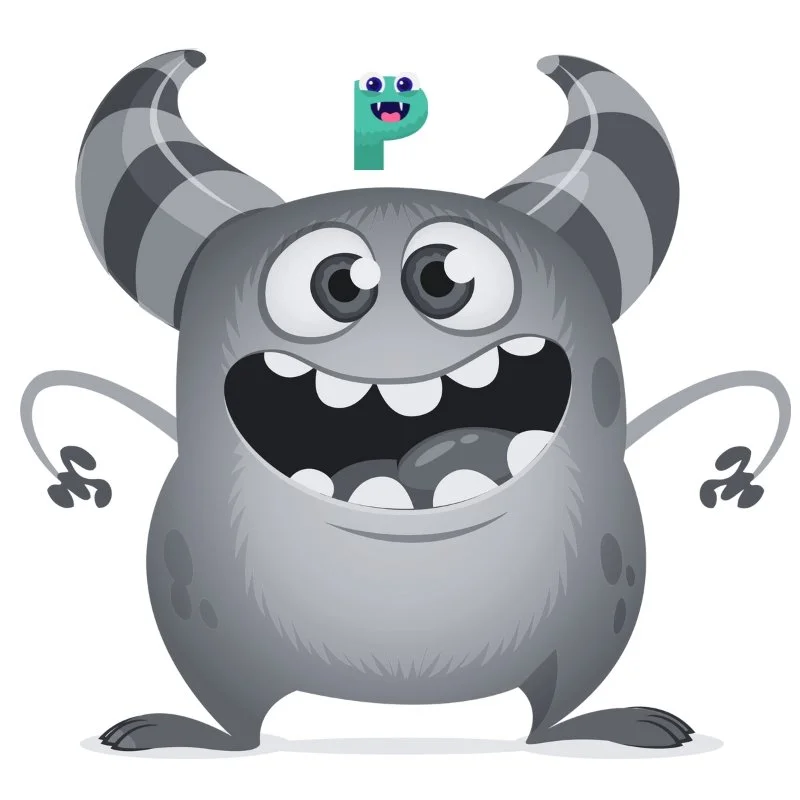Vibe (Performative) – The Performative Playfulness Monster
Vibe is one of the Performative Neuro Monsters. Vibe represents the exaggerated show of fun, humor, and playfulness that is put on to avoid seriousness, depth, or discomfort. Known as the Performative Playfulness Monster, Vibe embodies the nervous system’s attempt to manage tension and maintain approval through constant jokes, forced energy, and surface-level cheer. Within the Neuro Monsters Universe, Vibe reveals how the appearance of lightheartedness may look lively but often hides unease or disconnection beneath the surface.
The Symbolic Role of Vibe
Vibe symbolizes the mask of forced play that fills silence and shields against vulnerability. Its presence shows up when laughter feels hollow, when humor is used to dodge real emotion, or when fun is exaggerated as a way to distract from stress. Symbolically, Vibe represents the carnival mask that smiles brightly while concealing what is underneath. By naming Vibe you begin to see when play is authentic and when it is staged as performance.
Vibe often appears as a colorful, bouncing figure juggling or dancing wildly, creating noise and spectacle while its core remains tense and hidden. This symbolic image reflects how performative playfulness entertains others but rarely soothes the nervous system. When you face Vibe with neutrality, the exaggerated cheer fades and genuine joy becomes possible.
Performative Playfulness in the Brain
In neuroscience terms Vibe is tied to dopamine bursts, mirror neuron signaling, and prefrontal monitoring. Dopamine creates short spikes of reward when attention is gained through humor or spectacle, mirror neurons echo playful cues to keep social approval, and the prefrontal cortex regulates behavior to maintain the performance. Meanwhile, deeper circuits in the limbic system may still carry unresolved stress or sadness, leaving regulation incomplete.
Vibe symbolizes this neural imbalance where play is imitated on the surface without activating the full calming and bonding effects of authentic fun. The result is temporary distraction without lasting relief.
The Protective Instinct Behind Vibe
Vibe’s instinct is protective by using play to deflect heaviness. Forced fun shields the nervous system from being seen as sad, stressed, or overwhelmed. Its protective purpose is to maintain belonging by keeping things light, even when depth is needed. By seeing Vibe as a guide you can respect its intent to keep you safe while realizing that true regulation comes from genuine lightness, not performance.
Training with Vibe
Training with Vibe means shifting from forced energy into authentic joy. Cognitive Neuro Therapy emphasizes naming the monster neutrally and cultivating play that feels natural rather than staged.
When Vibe appears you can practice the following steps. Notice when your jokes, laughter, or playfulness feel exaggerated or hollow. Name it as performance rather than real fun. Pause and ask yourself what type of play or creativity feels authentic in the moment. Allow yourself to laugh or play in ways that bring you relief rather than only entertaining others.
Over time Vibe begins to shrink not by losing joy but by rooting it in authenticity. You learn that playfulness is most regulating when it comes from genuine energy. Vibe becomes a reminder that true fun restores balance while forced play drains it.


